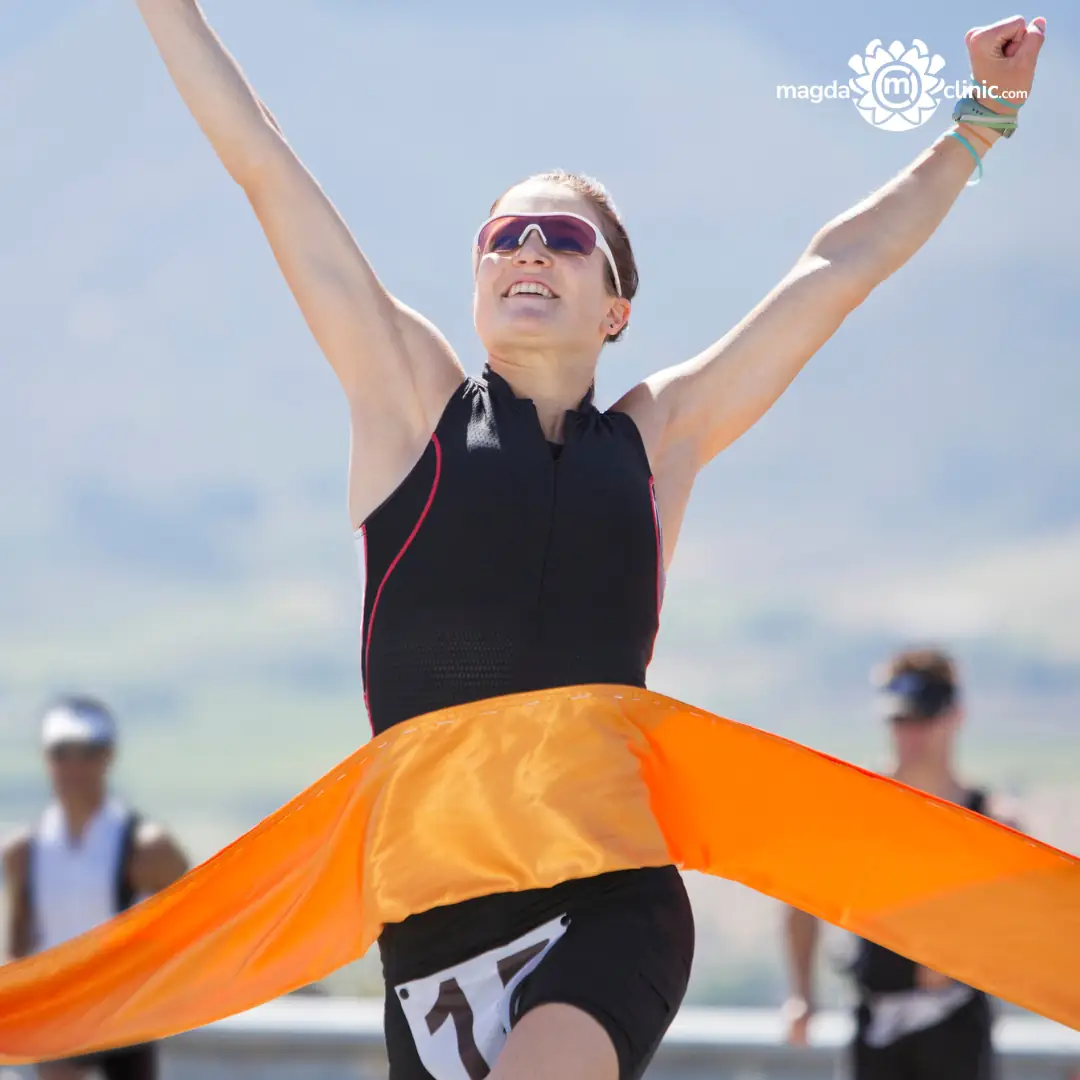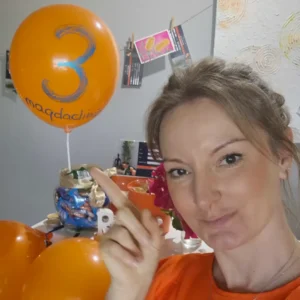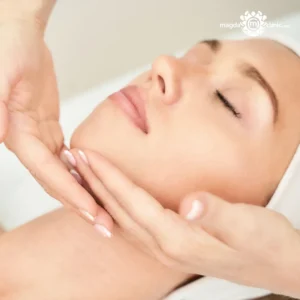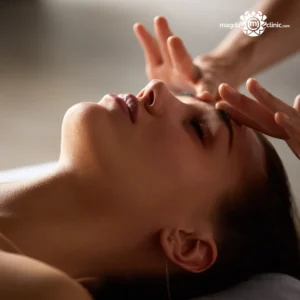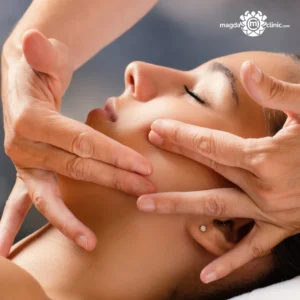Running the Townsville Running Festival is a powerful personal achievement, but post-race recovery is where champions are made. The real difference between occasional runners and seasoned athletes lies in how effectively they treat their bodies after a demanding event. At the core of professional-level recovery is one of the most underrated tools: sports massage therapy. In this article, I break down a complete, evidence-backed sports massage protocol designed for runners who want to recover swiftly, reduce injury risk, and return stronger than ever.
Why Post-Race Recovery Is Critical
After a half marathon, full marathon, or even shorter events like 5Ks, the body undergoes immense stress. Your muscles are torn at a microscopic level, inflammatory cytokines flood the bloodstream, and lactic acid accumulation limits mobility and strength. Without structured recovery, you’re more prone to:
Delayed Onset Muscle Soreness (DOMS)
Tightness in calves, quads, and hamstrings
Joint stiffness
Overuse injuries, such as IT band syndrome or plantar fasciitis
This is where sports massage plays a pivotal role.
The Science Behind Sports Massage for Runners
Sports massage isn’t just about relaxation. It’s a targeted physiological treatment that stimulates blood flow, flushes metabolic waste, and realigns muscle fibres. Numerous studies show that sports massage:
Reduces muscle soreness by 30-50% within 24–72 hours
Improves lymphatic drainage, helping remove toxins
Increases flexibility and range of motion
Lowers cortisol and supports nervous system reset
By combining this technique with hydration, nutrition, and gentle mobility work, runners can cut their recovery window by up to 40%.
Optimal Sports Massage Timing Post-Townsville Running Festival
Timing your massage right is crucial to reaping the full benefits. Here’s a structured guideline:
0–6 Hours After Finish Line: Passive Recovery First
Hydrate, eat complex carbs and protein, and rest.
Avoid deep tissue massage during this phase — the body is still in shock and inflammation mode.
6–24 Hours: Light Recovery Massage
Focus on effleurage (long, gliding strokes) to encourage circulation without triggering pain.
This session lasts around 30 minutes and covers major running muscles: calves, hamstrings, glutes, and lower back.
Oils or creams with arnica or magnesium can be used for additional relief.
24–72 Hours: Deep Tissue and Trigger Point Release
The peak window for structured sports massage.
Techniques include:
Petrissage: kneading to release deep muscle knots
Myofascial release: targeting fascia tension
Trigger point therapy: especially for common post-run issues like piriformis tightness or Achilles tension
Sessions are typically 60–90 minutes long.
Recovery is accelerated when paired with compression gear and contrast baths.
The Weekly Sports Massage Protocol for Serious Runners
If you’re planning to run more festivals or improve personal records, weekly sports massage should be part of your training blueprint. Here’s a structured schedule:
Monday (48–72 hours post-run)
Deep tissue work with a licensed sports therapist
Focus: Muscle recovery, scar tissue reduction
Thursday
30-minute maintenance massage
Focus: Restore ROM, prevent cumulative tightness
Saturday (Pre-Run)
Light energising massage (10–15 minutes)
Focus: Stimulate circulation, prepare muscles
Over time, this routine:
Lowers injury incidence
Improves sleep and parasympathetic nervous system balance
Boosts performance capacity and VO2 max indirectly
Best Techniques for Runners: Targeted Approach
1. Calf Release
Tight calves are the #1 contributor to Achilles pain and plantar fasciitis. Use thumb pressure up and down the gastrocnemius and soleus muscles with moderate intensity.
2. Hamstring Flush
Use long strokes with the palm and forearm to flush metabolites post-race. Include light kneading to address strain areas.
3. Glute and Piriformis Release
Cross-fibre friction around the glute medius and piriformis reduces sciatic-like symptoms and improves stride recovery.
4. IT Band Relief
Though not a muscle, the IT band gets tight. Focus instead on TFL (tensor fasciae latae) and glute med work. Use broad pressure with knuckles or elbow.
5. Lower Back Decompression
Use palm circles and moderate kneading to help ease lumbar stiffness caused by road impact and core fatigue.
At-Home Sports Massage Tools for Daily Recovery
When you can’t see your therapist, invest in self-massage tools:
Foam rollers (firm texture for large muscle groups)
Massage guns (high-frequency percussion therapy)
Lacrosse balls (ideal for glutes and feet)
Massage sticks (great for calves and quads)
Use a daily post-run with a 10-minute routine:
3 minutes calves
2 minutes hamstrings
3 minutes glutes
2 minutes quads
Don’t Forget These Bonus Recovery Strategies
1. Nutrition Matters: Within 30 minutes post-run, eat a 3:1 carb to protein meal, such as banana with peanut butter and a protein shake.
2. Hydration & Electrolytes: Replenish lost fluids with electrolytes like magnesium, potassium, and sodium — critical for muscle recovery.
3. Sleep Like an Athlete: Aim for 8–9 hours, ideally with consistent bedtime hours to maximize muscle regeneration.
4. Active Mobility Work: Gentle yoga, stretching, and even walking help the massage benefits sink in and prevent stiffness.
Conclusion: Recover Smarter, Not Slower
The Townsville Running Festival pushes your body to its limits. What happens in the days after the race can either catapult your performance or leave you sidelined. By following a professional-level sports massage protocol, you unlock:
Faster recovery
Reduced soreness
Peak physical readiness for your next race
Build this into your regular routine and you’ll recover like a pro — every time.
If you want to book a sports massage with me in Magda Clinic, click the button below.

